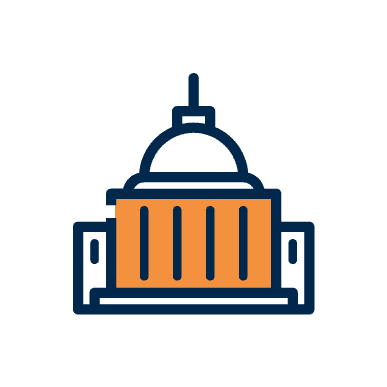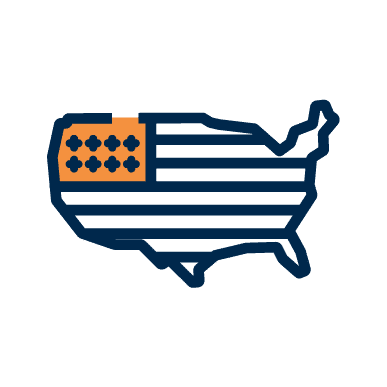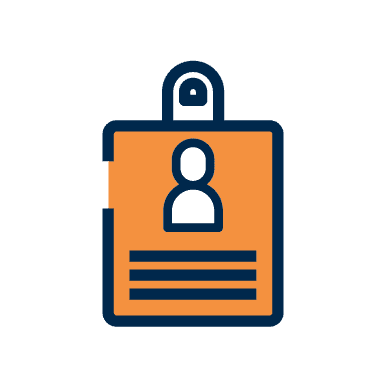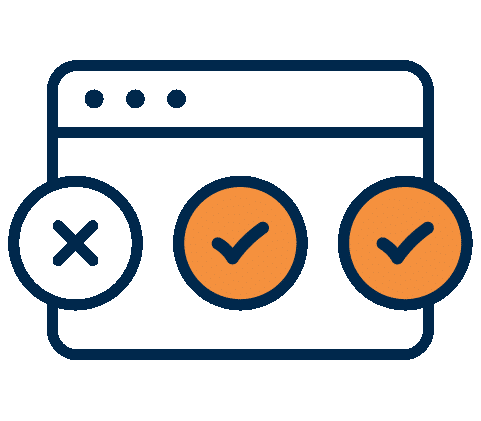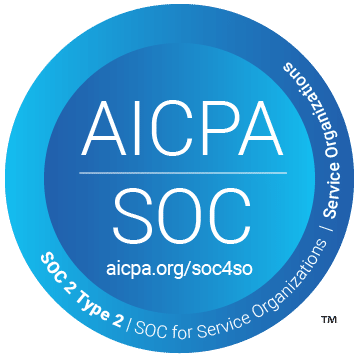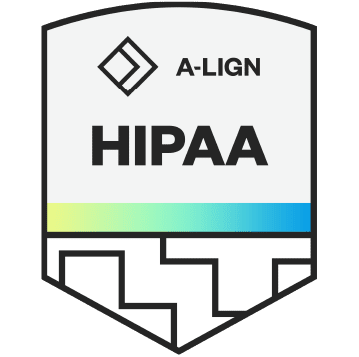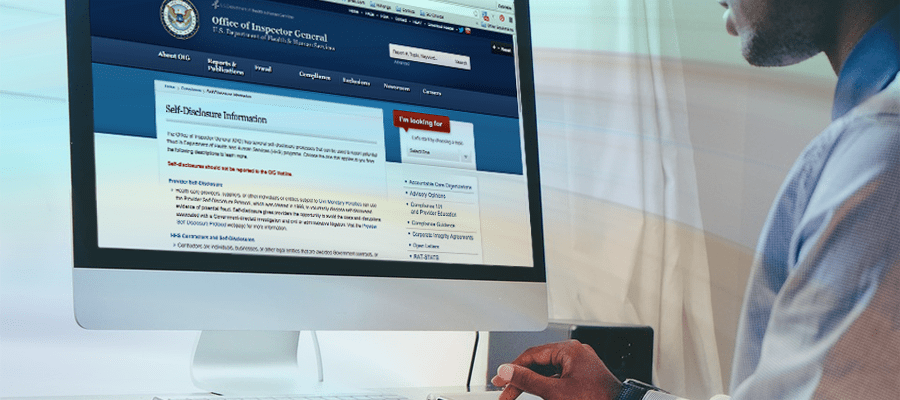
The Self-Disclosure Protocol is an important step in dealing with excluded individuals in your organization. It’s a tool for healthcare providers to volunteer information and to resolve exclusion issues in a timely manner. Initially released in 1998, the SDP was updated with additional guidelines from the OIG in succeeding years. The latest update was in April of 2013. Below are some important things you should know about the SDP.
Pick the applicable SDP
A page in the OIG website is dedicated to Self-Disclosure. It offers information and describes the processes of reporting potential medical fraud. You will need to choose the SDP process that is applicable to you: either the Provider Self-Disclosure or the Contractor Self-Disclosure.
The Provider SDP is for healthcare providers and suppliers subject to Civil Monetary Penalties. It gives you the chance to avoid civil and administration investigation-related costs by disclosing evidence of medical fraud. A printable document and a link to self-disclosure online submission is available on this page.
On the other hand, the Contractor SDP is for individuals or businesses who are awarded government contracts and subcontracts that provide Health and Human Services (HHS). This is for contractors who discover potential violations of the False Claims Act and issues of fraud, bribery, and gratuity. To submit a Contractor Self-Disclosure, you can follow the guidelines on this OIG page.
Self-disclosure reports should be submitted properly and not merely reported over the OIG hotline.
Follow the SDP time frame
When you conduct your own internal investigation, you must certify that it will be completed within 90 days of your initial submission. Investigation must be completed before the SDP is submitted, with all findings reported.
Know the specific requirements for disclosure of excluded persons
The SDP must be as specific and detailed as possible. The required details include:
- the excluded person(s)’s identity/identities
- the excluded person(s)’s Federal Tax ID number
- the excluded person(s)’s duties
- the dates of the excluded person(s)’s employment/contract
- all background checks done on the excluded person(s) during the time of their employ/contract
- the provider’s screening process
- why the individual was hired
- how the situation came to light
- the corrective measures taken after the discovery
Compute the minimum multiplier of 1.5 times the singles damages
For organizations who use the SDP, the OIG practices a minimum of 1.5 times the amount paid by the federal health care program compared to about double the amount in a government-initiated investigation. This will keep penalties and exclusion fines going through the roof. However, this multiplier still depends on the exclusion situation, which is why a detailed report is a must.



